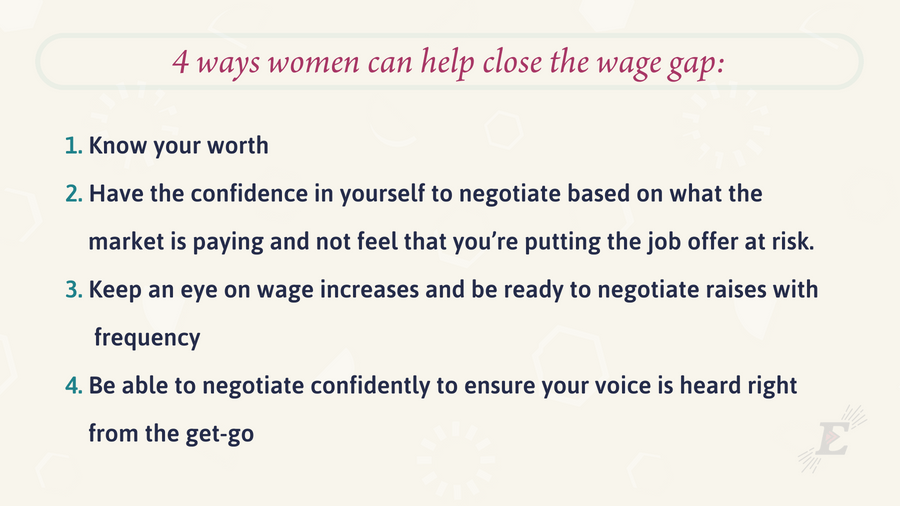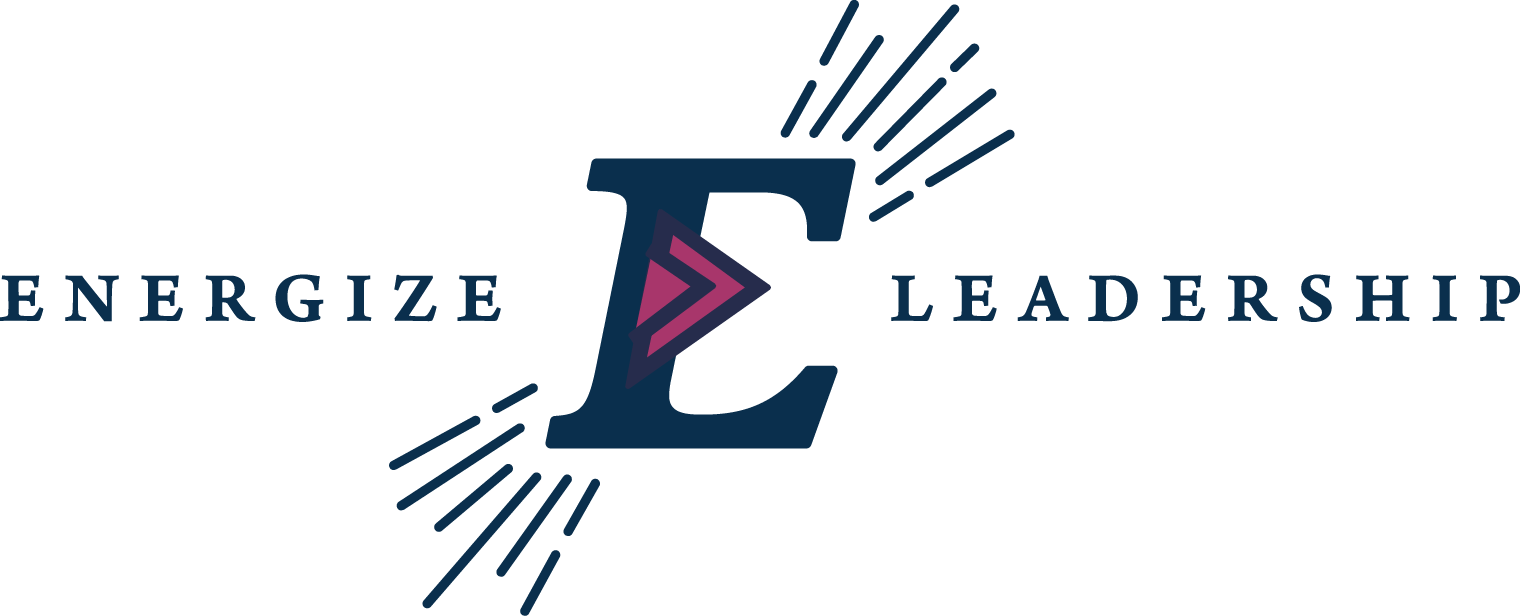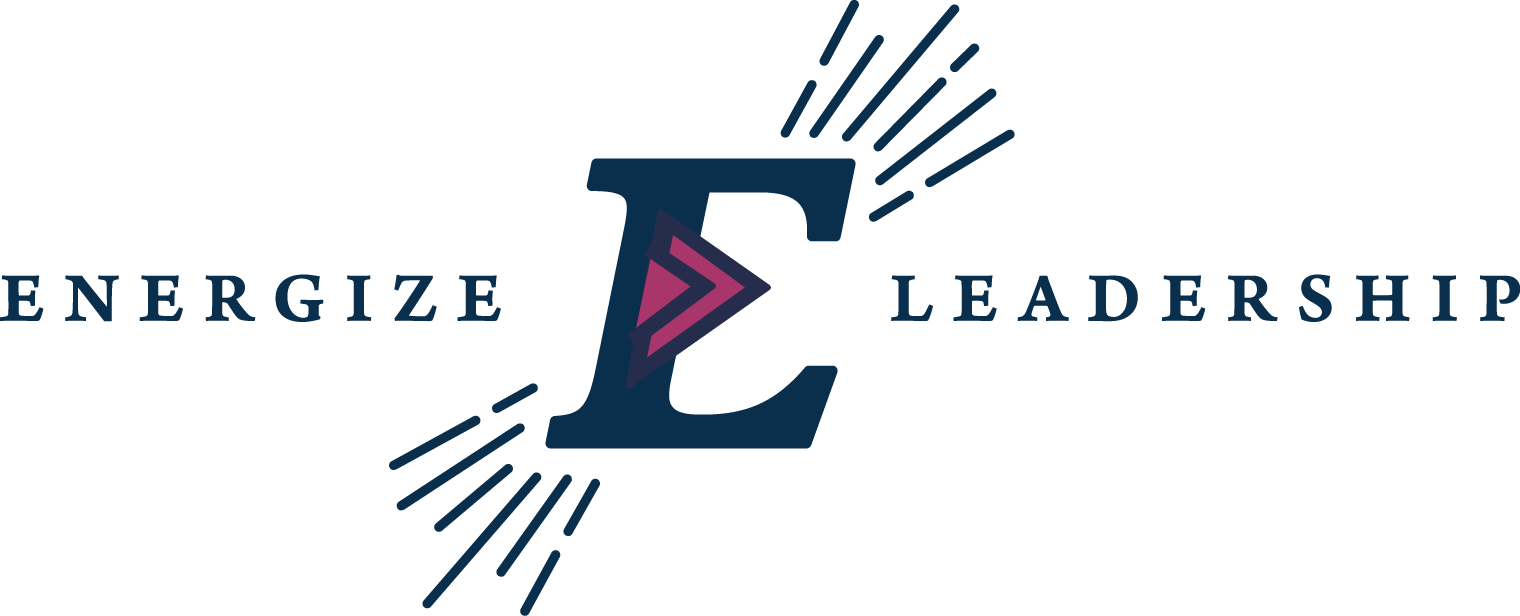How to be a Lady Leader in Today’s Workplace
There is so much discussion about women in the workplace today – about the need for more presence of women in high-level leadership roles, the need to transition away from the traditional structure of white males at the top, and the benefits of a workforce that is more representative of a variety of experiences and perspectives.
Women who hold a leadership role have grown tired of working harder to be heard, seen and respected. A seemingly higher bar is set which can have long-term negative consequences on morale, confidence, and career growth. There seems to be a different set of expectations for how a woman should act and carry herself which makes it difficult to determine how to hit important performance markers for promotion or effective leadership. Frustrations can take a negative toll on women emotionally and physically, spilling over into personal lives and having a negative effect on friends and family in addition to colleagues and staff.
The movements currently in action (#metoo, #timesup) are giving women a voice in numbers and calling on them to lean into their power and rise-up to the indifferences they are experiencing. Women in Leadership are recognizing that they are stronger together and that as a united front, a positive difference is really possible.
It is important for us at Energize Leadership to understand today’s workplace dynamics. So, we reached out to Renee Dominguez, Founder and CEO of EmPOWERed LeadHERship, a consultancy focused on supporting today’s women in leadership. After spending the majority of her career in project management and global supply chain in manufacturing organizations like Sony, Ericsson, Entropic and Lifeproof, she is now leveraging her experience as a woman in a male-dominated industry to support other women in mastering their careers. Following are a few tips she has for women in leadership to step up and gain that seat at the table.
Enjoy!
Step #1: Take stock and be reflective of the current dynamics
It is important to understand the current wage gap between men and women. For example, compared to a white male, if you are an Asian woman, you earn 87% of that of your male counterpart, white female 79%, African American 63% and Hispanic 54%.
In a recent survey conducted by Forbes, they found that:
- 60% of companies had no female board members
- Over 50% had no female C-suite executives
- Less than 5% had a female CEO
These numbers are astonishing, and when viewed on a global scale, women do not participate in leading the global economy to the same extent as men do.
Step #2: Closing the wage gap
Studies have been conducted to better understand the wage gap between men and women and the findings are very shocking. The Harvard Business Review published that men frequently negotiate for more money than women do. They also found that when women do negotiate just as diligently as men, they are then quickly stigmatized and penalized for their ambitious behavior.
What you can do to help close the gap is know your worth. Have the confidence in yourself to negotiate based on what the market is paying and not feel that you’re putting the job offer at risk. Companies are not going to rescind a job offer over a few thousand dollars, so focus on the value that you will be bringing to the table in light of your worth in comparable positions.

Men are usually hard negotiators even with only 60% of the required job skills. Men also more than likely will get what they ask for. Women with at least 90% of the required job skills still hold back from negotiating for what they are worth. Being able to negotiate confidently is important for ensuring your voice is heard right from the get-go. This will start the conversation with your future colleagues that you are someone to be respected and heard.
Furthermore, it is important to keep an eye on wage increases and be ready to negotiate raises with frequency. A contributor to increasing wage gaps is the infrequency with which women ask for salary bumps throughout their tenure in an organization. It is critically important to keep consistent with wages within an industry or position.
Step #3: Understand each other’s needs
Men are more likely to speak to achieve power and status, whereas women speak to achieve connection. When women are in meetings, they may notice the same men always interjecting their voice with power and when this occurs, women often shut down. This happens because women don’t feel a connection when a male is demonstrating a power position (which is a more natural approach for him). Setting aside the need for connection in certain settings, or finding other ways to connect with male counterparts, can help ensure interactions are effective on both sides.
Step #4: Learn to be heard
I have conducted virtual meetings with attendees from multiple countries and found myself drowned out by all the dominant men in the room and on the call. I quickly felt like I lost control and did not know how to gain it back. Not receiving any support from my manager, I started to have doubts about my abilities. What I have learned is that it is very important to hold your own space. This demonstrates your confidence and proactivity which are qualities of a leader.
If you want to be heard, knowing your core values and having confidence in them will be your game changer in the workplace. One of them may be that you want to be heard, and you can do this by speaking up for others. When you are in a meeting and one of your attendees gets cut off, you can say, “Jane, please continue with what you were sharing with us.” This practice of speaking up for others will give you the confidence and feel less self-conscious about speaking up for yourself.
If you want to be heard, knowing your core values and having confidence in them will be your game changer in the workplace. Share on XStep #5: Exude Confidence
One of the most effective ways to be heard is by speaking with conviction. When it is time to speak, keep it short and with no apologies. An example of this is to avoid starting off by saying “I’m sorry, but…”or “excuse me, but…” which weaken your position. Going forward, start speaking proudly and strongly by saying, “I’d like to say” or “I have something to add….” Before you know it, you will see how your male and female counterparts start to appreciate your voice and effective delivery.
I often tended to ask, “does this make sense to you” or “is this making any sense” as I was wanting to seem inclusive and collaborative. I did not realize that this could come across as condescending or that I was not confident in what I was sharing. What I suggest saying instead is, “I am looking forward to hearing your thoughts” which leaves it up to the other party to let you know if they are confused rather than you implying they might be.

These are a few quick suggestions to get you started on reflecting and thinking about how you show up, and how you can increase your impact in the workplace. Understanding your core-values and encouraging others to see and appreciate what you bring to the organization, is an important part of being heard, seen and respected.
Observe and take stock of what others do great and incorporate those you like into your own leadership style. We all have room to grow and evolve to create efficiencies in the workplace. Ask for feedback and be sure to give feedback as well, to do your part in creating an environment where you can be your best self. Shine bright, lady friends!

About Renee
Renee Dominguez is the founder and CEO of Empowered Leadership, a consultancy focused on supporting today’s women in leadership. Renee made a career for herself in project management and supply chain management in manufacturing organizations like Sony, Ericsson, Entropic and Lifeproof.
Despite choosing a field that fit her talents, continuing to sharpen her skills, and devoting her life to her work, she still found herself deflated an unable to gain fulfillment from her work and a seat at the table. Lucky for us, Renee has renewed her life mission and is now focused on bringing tangible help to the women in today’s workforce so we can all be better together.




